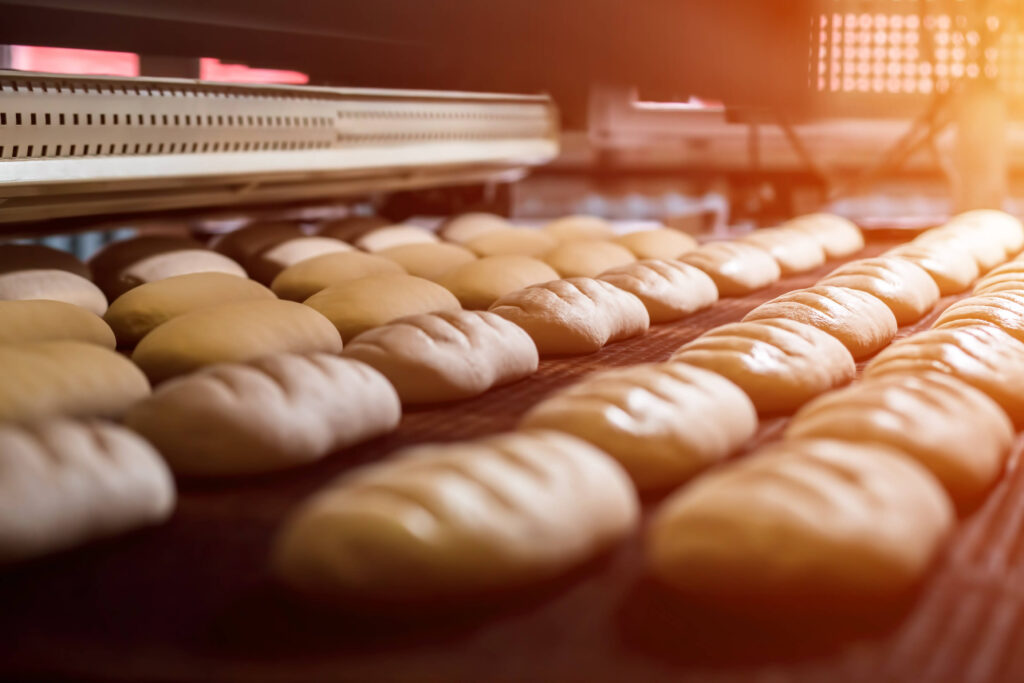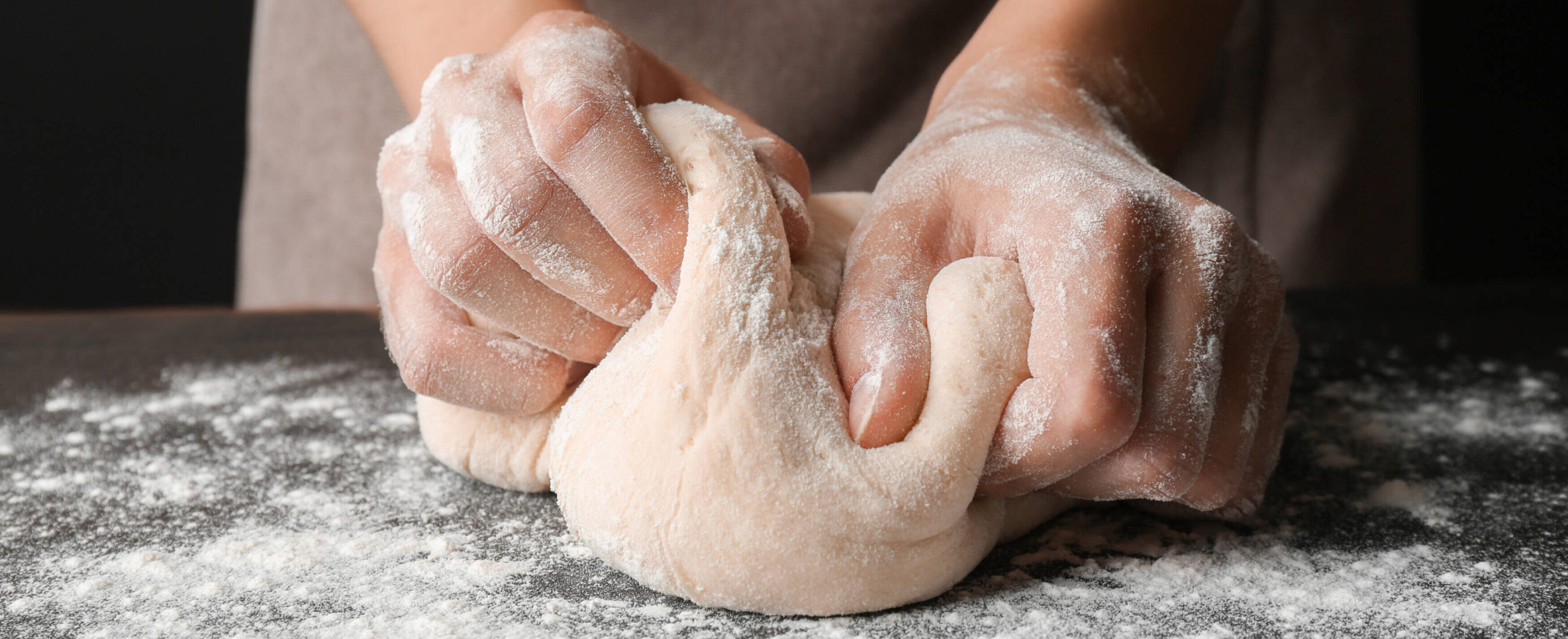Send us your feedback
Here you can send us feedback on the Maxess-website. Please describe the problem or what’s missing in a clear way, and on what page you found the issue. Thank you so much for your help!
Mixing neutrons and photons for longer-lasting bread
Lantmännen together with RISE and Lund University combined neutron and X-rays experiments to look at the distribution of water inside doughs during proofing and baking. Their final aim is to produce baking products with a longer shelf life.
Fresh for longer
Wouldn’t it be nice if the bread you buy kept its freshly baked taste and texture for days? Wouldn’t it be convenient for resellers and customers alike if baking products had a longer shelf life? This is the challenge Lantmännen is trying to tackle with a cutting-edge approach. Lantmännen is an agricultural cooperative and Northern Europe’s leader in agriculture, machinery, bioenergy and food products. Through a sophisticated combination of neutron and X-rays experiments, Lantmännen’s experts try to understand how to produce bread products that stay fresh for longer. This project is beneficial not only for the Swedish cooperative but for the bread manufacturing industry as a whole.

A refined snapshot of water inside the dough
Water is one of the core components in bread, but understanding its exact role and behaviour in the baking process is no trivial task. Experts at Lantmännen think that gaining a more advanced knowledge on how water distributes inside the dough during proofing, baking, and storage can be the key for extending the freshness of bread products. The researchers employed neutron tomography (NCT), which has a high sensitivity for water detection, and X-ray tomography (XCT), which generates superior 3D images. Combining these two techniques, the team aimed at generating 3D images of the internal structure of bread that can help understand how water moves inside the dough.
A winning combination
The project involved researchers from Lantmännen, RISE, and Lund University, in collaboration with other institutions. The measurements were divided into two stages. Initial NCT measurements for protocol optimisation were performed at the Léon Brillouin Laboratoire (LLB) in Saclay, France in collaboration with the AgroSup Dijon research institute. Subsequent high-resolution NCT-XCT experiments were carried out at the D50/NeXT beamline at the Institute Laue Langevin (ILL) in Grenoble, France. Water tracking was achieved using normal and deuterated water with the addition of a Gd-based contrast agent. Although further studies are necessary, the results suggest that NCT is promising for detecting water inside the dough, while XCT provides valuable information about the 3D pore structure. The combination of NCT and XCT can be potentially revolutionary for studying water distribution in bread baking.
Contact Partners
Case Details
Lantmännen
4D Imaging LabLSRI-initiative at RISEExperimental Medical Science | Tomography – Emanuel Larsson



